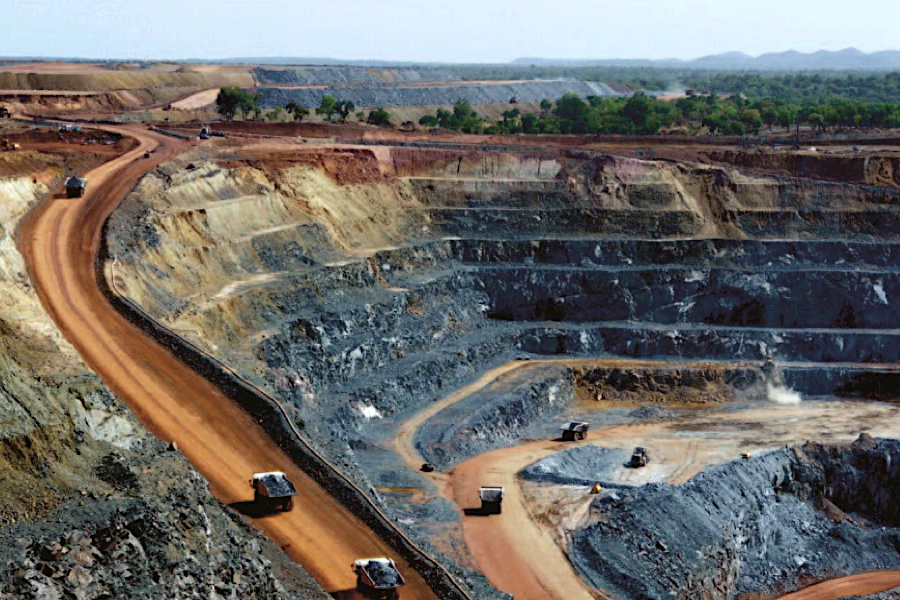Teranga Gold’s Senegal mine a ‘top tier’ asset, study confirms

Canada’s Teranga Gold (TSX:TGZ) has released results from a prefeasibility study (PFS) for its Sabodala-Massawa complex in Senegal, which it would confirm the asset is “top tier mine” material, the company says.
The Toronto-based miner bought Massawa from Barrick Gold (TSX:ABX) (NYSE:GOLD) in December last year. After completing the $380 million-acquisition earlier this year, Teranga began integrating the asset with its flagship Sabodala gold mine, located 20 kms away.
Consolidating Massawa, one of the highest-grade undeveloped open-pit gold reserves in West Africa, with the Sabodala mine into one complex, has left the company with a solid asset.
Teranga has kicked off a $10-million exploration and drill program at its recently acquired Massawa gold project
Tier 1 deposits are “company making” mines. They are large, long-life and low-cost. Tier 1 gold deposits, in particular, have an expected mine life of at least 10 years, with annual production of a minimum 500,000 ounces.
Gold and total cash costs per ounce over a Tier 1 mine life should be in the lower half of the industry cost curve.
Based on the PFS, Sabodala-Massawa meets all those requirements. Its reserve base increased 120% to 4.8 million ounces of gold, at a $1,250 per ounce price. All-in-sustaining costs (AISC) are pegged at $749 per ounce, with net cash flows of over $2.2 billion at $1,600/oz gold over a 16.5- year mine life.
Teranga estimates Sabodala-Massawa’s average annual production for the 2021-2025 period at 384,000 ounces, at all-in sustaining costs of $671 per ounce.
“The integration of Sabodala and Massawa is perhaps the best example in mining of the ‘greater than the sum of its parts’ concept,” president and chief executive, Richard Young, said in the statement.
Mining under way
Teranga has begun digging up at Sofia, the first of the Massawa deposits to be mined. Processing of free-milling, high-grade ore through the Sabodala plant is “scheduled to begin shortly.”
The miner has also kicked off a $10-million exploration and drill program at Massawa.
“We believe in the great potential of this project and are conducting an aggressive drilling campaign for both refractory and free-milling ore, with a goal to sustain Sabodala-Massawa’s gold production between 350,000-400,000 ounces per year beyond 2026,” chief operating officer, Paul Chawrun, noted.
The company also said it planned to issue a revised life of mine production schedule this quarter for its new Wahgnion gold mine in Burkina Faso, where “the plant is exceeding initial performance expectations” following a strong first full quarter in March.
{{ commodity.name }}
{{ post.title }}
{{ post.date }}




Comments